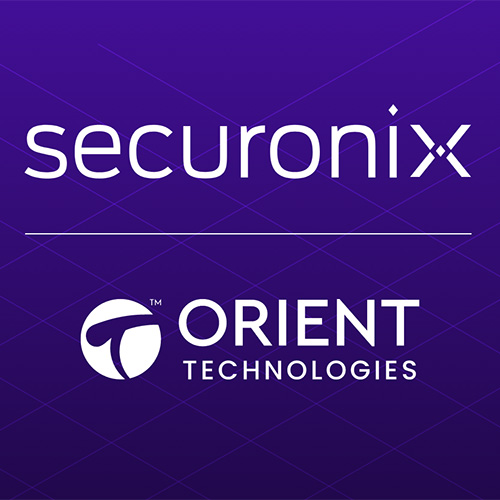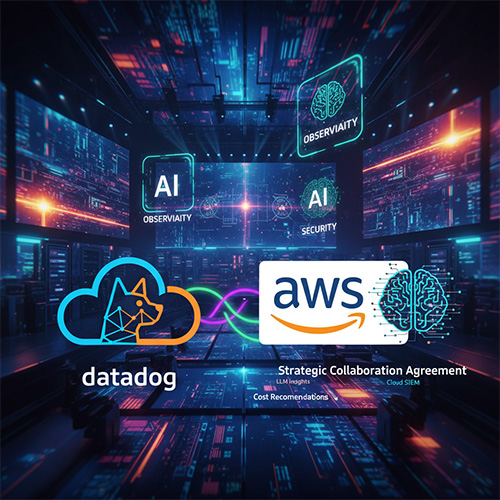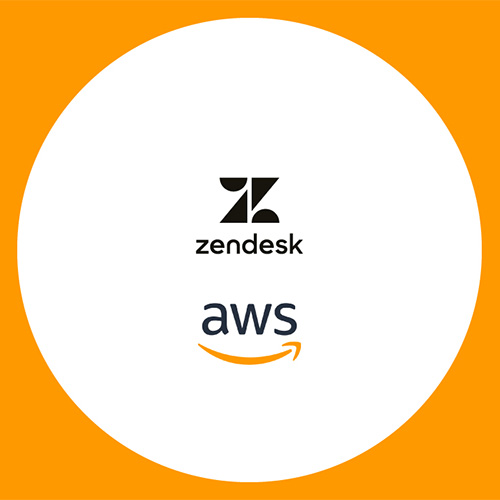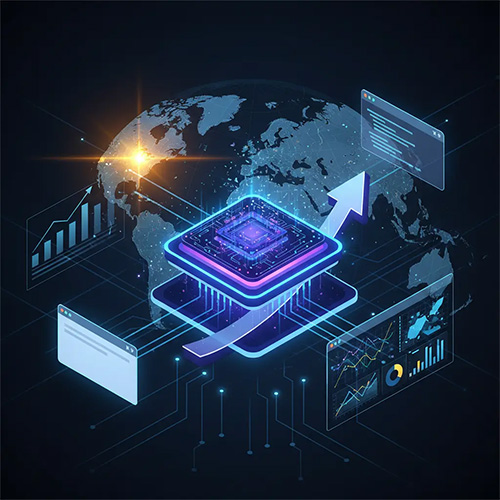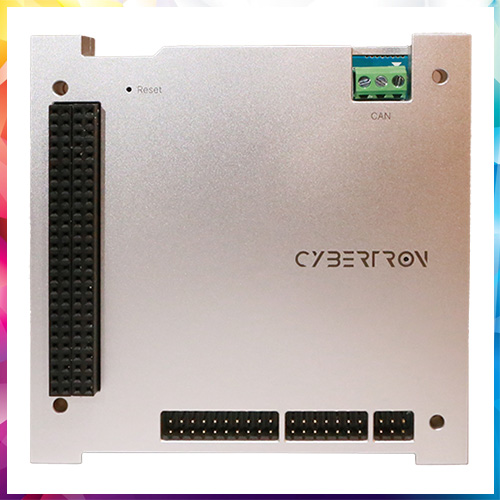
Surojit Dasgupta, Country Manager - India and SAARC, Lookout
Impact of cyber-attacks on the critical infrastructure of companies
IT and security teams no longer have to worry just about data that exists within the four walls of their network perimeter. In fact, that perimeter has disappeared
- With expanded reliance on cloud services, employees working from anywhere, and data constantly moving between managed and unmanaged devices and networks, the security ecosystem has become far more complex.
- Attackers know that visibility is an issue for most organizations and take advantage of that to use discrete compromise tactics to grant themselves access to sensitive data.
There has also been massive growth in the malware-as-a-service (MaaS) market, which makes it easier for less sophisticated actors to execute advanced attacks.
- This means that advanced cyberattacks are no longer reserved for well-funded groups and nation state actors.
- As cybercrime groups sell their malware, the income will help them fund research into more advanced tactics and hiring more talent. They run themselves like small businesses.
Managing critical events and emergency incidents
It is critical that IT and security teams have a disaster recovery plan in place, and that the plan is locally accessible.
- This helps ensure that they can access it in the chance an attacker locks them out of their cloud infrastructure.
- There should also be measures in place that help contain the threat wherever it happens so it cannot spread to additional parts of the infrastructure or infect third party solutions that you have integrated with your infrastructure.
The solutions to protect the infrastructure
The Lookout Security Platform enables organizations of all industries and sizes to protect data as it moves between countless users, devices, and networks both in the cloud and on-premises.
- Pulling together mobile security, cloud access security broker (CASB), zero trust network access (ZTNA), and secure web gateway (SWG) brings together a number of critical elements for protecting data and enabling a zero trust approach to infrastructure security.
- By understanding the context under which a user is trying to access data, the content they’re trying to access, and the risk they could pose based on the posture of their account or device, admins can implement intelligent policies that proactively protect sensitive data from being compromised.
On the Increase of cyberattacks
Threat actors will always take advantage of social or political uncertainty to increase the likelihood that their attacks are successful.
- When people are uncertain about where to turn for reliable information, they will take whatever they can get. Attackers use this to their advantage to execute socially engineered phishing campaigns and compromise corporate credentials.
- Internal security teams might also be focusing their resources on enabling hybrid work, which could leave existing legacy systems vulnerable or without much surveillance.
- It’s impossible to manually oversee every asset all the time, which is why it’s so important to ensure you have proactive coverage in place for any potential entry point that an attacker could have.
See What’s Next in Tech With the Fast Forward Newsletter
Tweets From @varindiamag
Nothing to see here - yet
When they Tweet, their Tweets will show up here.






